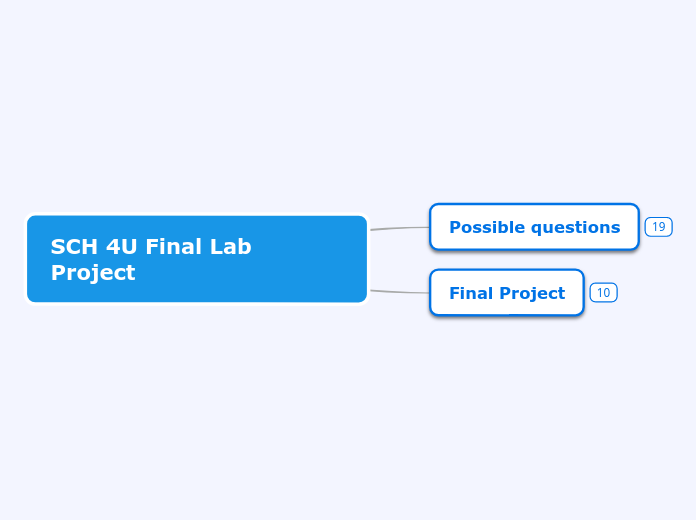SCH 4U Final Lab Project
Final Project
draw a conclusion
Example: Small beads do lead to improved adherence.
conduct the experiment
Example:Conduct the experiment
design an experiment
Example: make small bead and make large beads. Adhere them to wood.
Find a way to test the adherence
Make an hypothesis
Example: Smaller beads adhere better to wood.
Choose an answerable question
Example: Are smaller beads better at adhering to mulch?
Possible questions
Bead formation times
If we leave the solution for too long, is there a problem? I think some of the beads decay
bead size
will smaller beads work?
Should we use bigger beads?
How does hole size influence bead fomration?
CMC viscosity
Should we go more than 3%?
Less than 3%
CMC agitating
Subtopic
https://youtu.be/7W2pEx0_qKg
CMC dissolving
colder is better?
does cold water really work better?
is disolving ewxothermic?
CMC sticking
CMC-H2O polymerizes when it is addded to water.
We then add it to wood chips
What leads to better adherence?
chips that we really saturated?
dry chips
wet chips









